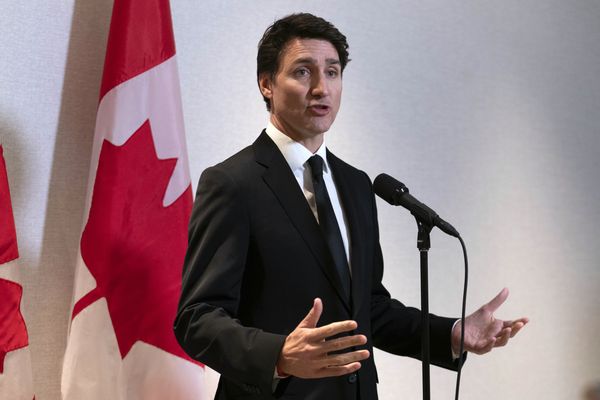Red Bull was the dominant force at the start of the Formula 1 season, with the squad so far ahead of the opposition that it was tipped to win all the races.
But things have turned on their heads in recent weeks with both McLaren and Mercedes making some dramatic progress and leaving Max Verstappen without a victory now since the Spanish Grand Prix.
While the issues at play for Red Bull involve the impact of upgrades it has brought this season not matching what its competitors have found, team boss Christian Horner has offered a fascinating clue about where he thinks the difference lies.
Pressed last weekend on an explanation for Red Bull’s drop of form, he suggested that it was simply a case of his teams’ rivals having found greater gains with a different concept of front wing.
“I think the front wing is a key area where others have found some performance,” explained Horner.
“The way that the front wings are being used are quite different. If you look at the front wing angle of McLaren and Mercedes, they're very, very different. Very different to the rest of the group.”


Looking into the detail, architecturally there are indeed things that both Mercedes and McLaren are doing that Red Bull is not.
The most obvious of this is a trend that Mercedes introduced in 2022 and had to be adjusted to suit changes in the regulations for 2023.
This is the lower rear corner endplate cutout and semi-detached flap arrangement, which has also found itself adopted by other teams including McLaren.
The aim of it is to manipulate the airflow spilling around that section, which in-turn has an influence over the wake created by the tyre behind.
It’s not the only design aspect that separates Mercedes and McLaren’s front wing from Red Bull though, as the pair also treat the division between the static inboard section of the wing and the movable flaps differently too.
On the MCL38 and W15, there’s a more diagonal bias in the split between it and the moveable flap section beside. This results in a vortex being shed from the two metal separators on the end of each section.
This will be tuned to improve flow downstream to the floor and sidepod undercut. And, as can be observed from the nose mounted camera footage, the moveable flap section also backs off as speed builds to help with the challenge of fighting low speed understeer and high speed oversteer.


This movement (flexible wing if you want to call it that) undoubtedly alters the shape, direction and strength of any vortex that is being created, which can be tuned to further improve performance if a team has enough control over how those elements flex.
Flexi wings have become more of a hot topic of late, as the FIA is now able to request that teams run additional cameras during free practice sessions in order that the phenomenon be studied more closely.
It's an open secret that teams use aero elasticity as a means to improve performance, with multiple ways of achieving differing results.
This is not a new endeavour, with teams able to call on a large back catalogue of designs and data to achieve the results they’re looking for.
As Haas principal aerodynamicist Simone Benelli explained: “We've always played around with the flexibility of the top of the flap. I’ve worked in Formula 1 since 2012, it's always been done.
“It's probably the most interesting aspect of the front wing development, so sort of playing together, not just following the wind tunnel numbers, but also putting the structure in the context. It's not just about flexing. It's how you flex, so it's about stiffness as well.”
To put the upturn in performance into perspective for both McLaren and Mercedes, they introduced their latest design variants of their front wings in Miami and Monaco respectively, with McLaren making further tweaks to the design in Austria.
This obviously correlates well with their upturns in form, but perhaps does not explain everything – because lap time is still also reliant on the extensive work that’s been undertaken around the rest of their cars and which has led to both teams being able to unlock the underlying performance of their machines.


Meanwhile, Red Bull has been flirting with both old and new design solutions in the last few race weekends, trying both its old nose design and front wing solutions with the adjuster mounted on the upper and lower flap in the moveable section.
This can be seen at opposite ends of moveable section, as seen in the main image.
Along with the team trialling a mixture of different floor specifications, it suggests Red Bull is unclear on where it might also have lost a step along the way in its development chain, whilst establishing which combination of options would be best suited for its future development path.
However, it at least appears happy with the tests it conducted at the Dutch Grand Prix and how that might bear fruit in the future.
Horner added: “We have plenty of work to do but we have learnt a lot of lessons this weekend [at the Dutch GP] that can be very valuable.
“We have tried some things on the car that we have good data from to assess. We need to make sure we use that; it is time to digest what happened here and try to bounce back in Monza.”
But if the true answer to the difference between Red Bull and McLaren lies in front wing concepts, that would mean a change of approach that will not be sorted in just one weekend.
Additional reporting by Erwin Jaeggi and Jonathan Noble







